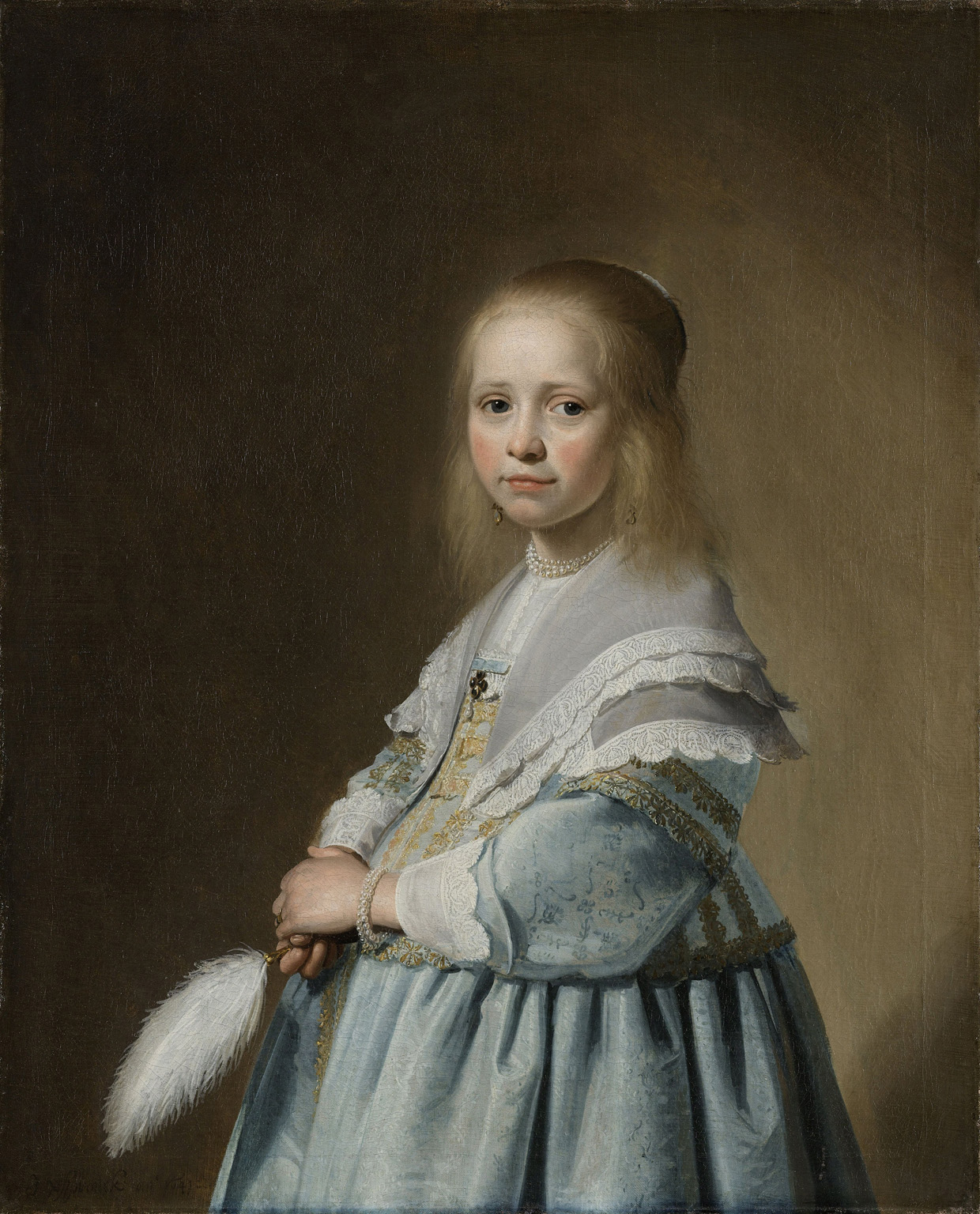
RIJKSMUSEUM
The magnificent national museum of the Netherlands possesses nearly 1 million Dutch works of art, only a fraction of which is on display. It was established by King Louis Napoleon in 1808 in the Royal Palace on the Dam, moving to its present location near the Vondelpark in 1885. The main building, designed by P. J. H. Cuypers, underwent extensive renovation for 10 years, reopening in 2013.
NEED TO KNOW
![]() Museumstraat 1 • 020 674 7000 • www.rijksmuseum.nl • Open 9am–5pm daily • Adm $23 (under 18 free); garden, café, and shop free
Museumstraat 1 • 020 674 7000 • www.rijksmuseum.nl • Open 9am–5pm daily • Adm $23 (under 18 free); garden, café, and shop free
- The Rijksmuseum Café on the ground floor overlooking the Atrium is a great place to crowd-watch and rest weary feet.
- With 80 rooms and 8,000 artworks spread over four floors, don’t expect to see everything in a single visit. Temporary exhibitions are in the Philips Wing, as well as in the print rooms on every floor of the main building.
Museum Guide
The museum is split into eras, with the Middle Ages, Renaissance, Special Collections, and Asian Pavilion housed on the ground floor; 18th- and 19th-century art on the first floor; 17th-century Golden Age on the second floor; and 20th-century pieces on the third floor. There are two main entrances to the Atrium, accessible through the vaulted passageway. Items on display may be moved around the museum.

Museum Floor Plan
1. The Kitchen Maid
The sense of realism in this painting (c.1658) by Jan Vermeer (1632–75) is conveyed by his mastery of light, color, and perspective. Seen slightly from below against a bare wall, the simple, sturdy girl seems almost tangible—quiet and still except for the milk flowing from her jug.

The Kitchen Maid
2. FK23 Bantam
Designed by Frits Koolhoven in 1917, this airplane is an icon of the Dutch contribution to aviation, with a fuselage with wooden frames, wooden propeller, and wicker pilot’s chair.
3. The Night Watch
Rembrandt’s The Militia Company of Captain Frans Banning Cocq (1642)—otherwise known as The Night Watch—is the museum’s prized possession, given pride of place in its own gallery.
4. Temple Guard
This depiction of temple guard Naraen Kongo (Ungyo) dates from between 1300 and 1400 and is made from wood with traces of polychromy.

Temple Guard
5. Two Toilet Caskets
Created by the celebrated Parisian furniture maker André-Charles Boulle (c.1688), these paired toilet caskets are a fine example of the artist’s work, representing the Baroque styles of tortoiseshell and gilded bronze.
6. Our Lady of Sorrows
This unique Flemish terracotta bust (c.1500–1510) is a lifelike depiction of Mary in mourning: the Mater Dolorosa.
7. Windmill on a Polder Waterway
Paul Joseph Constantin Gabriel’s (1828–1903) balanced composition is heavily influenced by Impressionist ideas, with its use of quick brush strokes. It was acquired by the Rijksmuseum in 1889 and was considered modern for the time.

Windmill on a Polder Waterway
8. The Jewish Bride
In creating one of the most tender portraits ever painted (1667), Rembrandt—in an unusually free style—depicts a couple in the guise of biblical characters Isaac and Rebecca.

The Jewish Bride
9. Portrait of a Girl Dressed in Blue
This 1641 portrait by Johannes Verspronck (1600–62) shows the artist’s signature style of painting. Smooth, almost invisible brush strokes contrast with the rougher styles of contemporaries such as Frans Hals.

Portrait of a Girl Dressed in Blue
10. The Square Man
The Square Man (1951) is typical of Karel Appel’s (1921–2006) work during his CoBrA years, defining Dutch art in this period.
